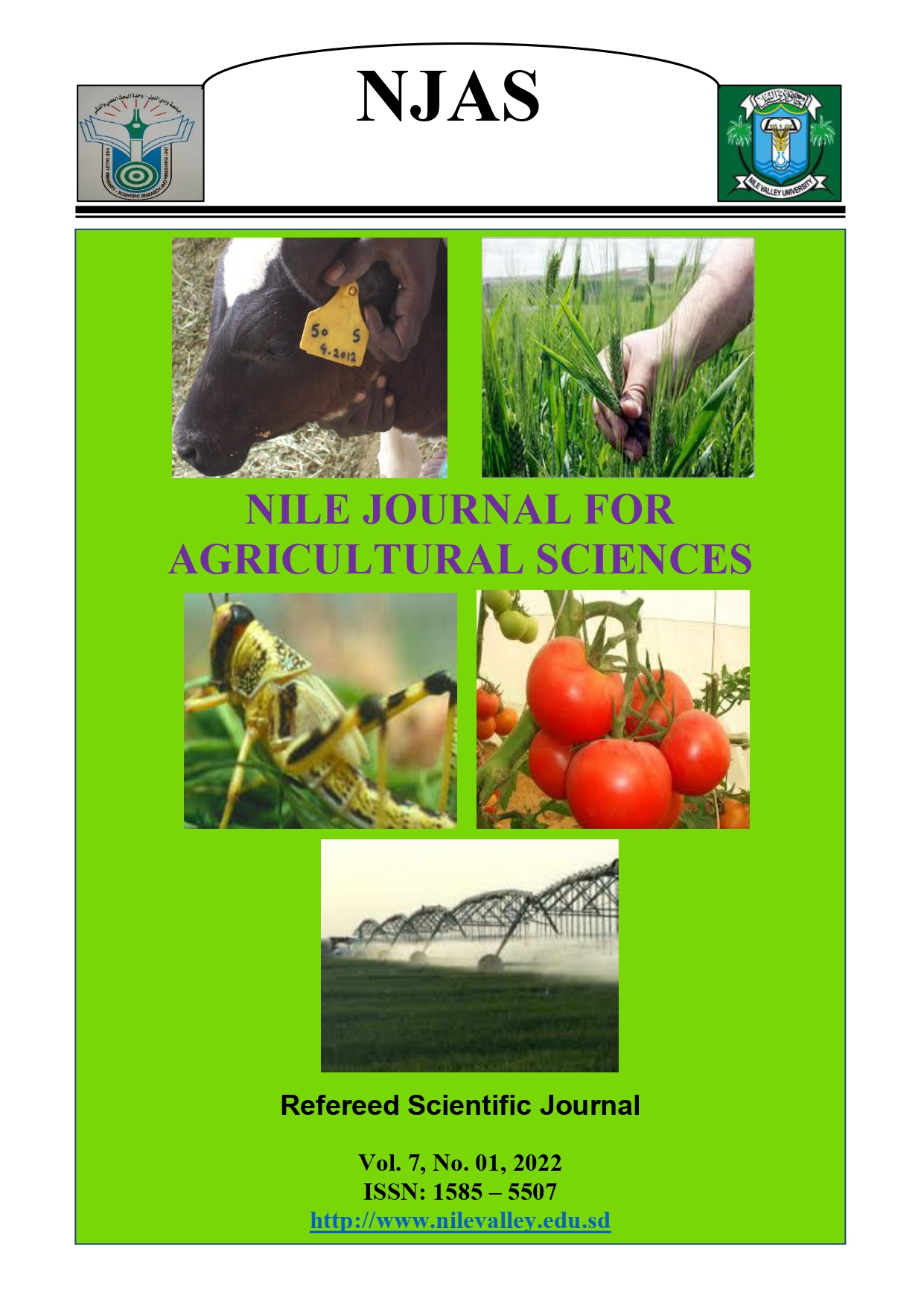Potato (Solanum tuberosum L.) Nodal Regeneration as Affected by Different Concentrations and Immersion Time of Commercial Clorox, Sugar Concentration and Murashige and Skoog (MS) Salt Strength
Abstract
A study was conducted to investigate the effects of different concentrations and immersion time of commercial Clorox, sugar concentration and Murashige and Skoog (MS) salt strength on nodal regeneration of potato (Solanum tuberosum L.). Results indicated that commercial Clorox containing sodium hypochlorite at a concentration of 10% for a period of 10-20 minutes immersion, despite its preference over higher concentrations, was not very effective in sterilizing plant parts, as the percentage of survived and free of contaminants cultures did not exceed 50% at the end of the experiment. Sugar concentration of 3% gave the highest number of leaves and roots compared with the lowest concentrations. Three quarters concentration of MS salts gave the highest number of leaves and the highest number of roots in in vitropotato explants.

